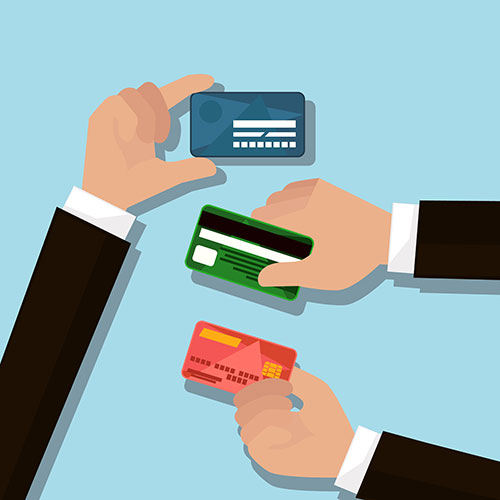Exactly How Engraved Glass Became a Symbol of Stature
Personalized glass honors stimulate an unwavering spirit of dedication and excellence. They foster a society of acknowledgment that goes beyond ordered borders.
Wheel engraving is shown on a cup most likely made in the 1700s covered with intricate Chinese-style motifs. These motifs revealed loyalty to the Jacobite reason. This is an impressive example of how imported Asian goods influenced European design patterns.
Beginnings
As glassmaking came to be extra sophisticated, engravers understood that a style contributed to an item of glass transformed it from practical right into preferable. They trying out a variety of scratching, abrading and cutting methods.
One of the most knowledgeable engravers produced fine comprehensive work. Anna Roemers Visscher, that was a glass cutter and engraver, was renowned for her fragile blossoms, motivated by the natural history books popular in her time.
Engravers also carved fine linework into glass. By the end of the 17th century, engravers had begun to abandon direct clearness in favour of crosshatched chiaroscuro impacts. Among the earliest instances is videotaped on a container by a Rotterdam engraver that signed his collaborate with a scribbled freedom and vigour that lifted it above the rest.
Engraving continued to be a popular technique, although it was increasingly eclipsed by cut glass and new techniques such as etching, which was cheaper than engraving. However, economic pressures after c1905, together with declining quality of cut glass, saw a rise in the appeal of personalized glass, called rock crystal.
Strategies
Glassmakers made use of a selection of strategies to mark or enhance the surface area of a vessel, usually incorporating various approaches. One technique called stipple inscription, as an example, makes use of a factor of tungsten or ruby to make small dots on the glass surface area which produce contrasting white lines when light lusters with them.
Engraved glass awards are cherished for their beauty and eminence. They show the deep esteem and respect that companies hold for their employees and foster a society of excellence.
The clarity of glass personifies the openness and sincerity of business recognition, encouraging recipients to analyze their success and review their trip in the organization. Furthermore, the ability of personalized glass to present tailored message and imagery allows for the creation of very one-of-a-kind and meaningful honors that stimulate the sense of grandeur associated with this remarkable product.
Designs
From the streamlined lines of company awards to the etched text on glass prizes, inscribed crystal is here a classy icon of acknowledgment. Whether shown on someone's desk or maintained as a memento, these customized pieces share a feeling of reputation and professionalism that is difficult to locate in various other materials.
The design of engraved glass has transformed gradually to reflect changing preferences and technological advances. The old method of copper-wheel engraving has actually opposed predictions of obsolescence, and new methods like etching are taking over where stippling once held sway.
The earliest diamond-point inscription, of the 16th century, is stiff and official. It slowly became extra flexible and pleasing, but can conveniently deteriorate into over-elaboration. In the 19th century Thomas Webb & Sons presented "rock crystal" with deep cutting and copper-wheel engraving, which imitated deluxe vessels cut of rock crystal in Europe and the Orient (see Ewer by Webb & Sons). The firm's principal engravers were Bohemian immigrants Frederick Engelbert Kny and William Fritsche, that signed their collaborate with a monogram G.
Meaning
Personalized glass was expensive and searched for. This was since it involved one of the most demanding glass refining strategy and depended on the accuracy and effort of a skilled artisan. The highest point of etching came in the 17th century and was significantly a part of the Baroque and Rococo periods.
Throughout this time, personalized goblets could be made use of to communicate messages of social standing. They would present household crests and political obligations. They might additionally display one's preference for the current style and style fads.
Today, engraved glass is still a vital art type. Nonetheless, developments in modern technology and laser innovation have structured the process and made it extra precise. The resulting complex designs are both sensational and durable. Additionally, new kinds of glass have actually been developed to react better to lasers. This has increased the possibilities for musicians and designers. It likewise reduces the ecological impact of the procedure. For example, optical crystal is an exceptional choice for personalized honors because it is clear and shows light well.

Comments on “How Engraved Glass Enhances Emotional Gifting”